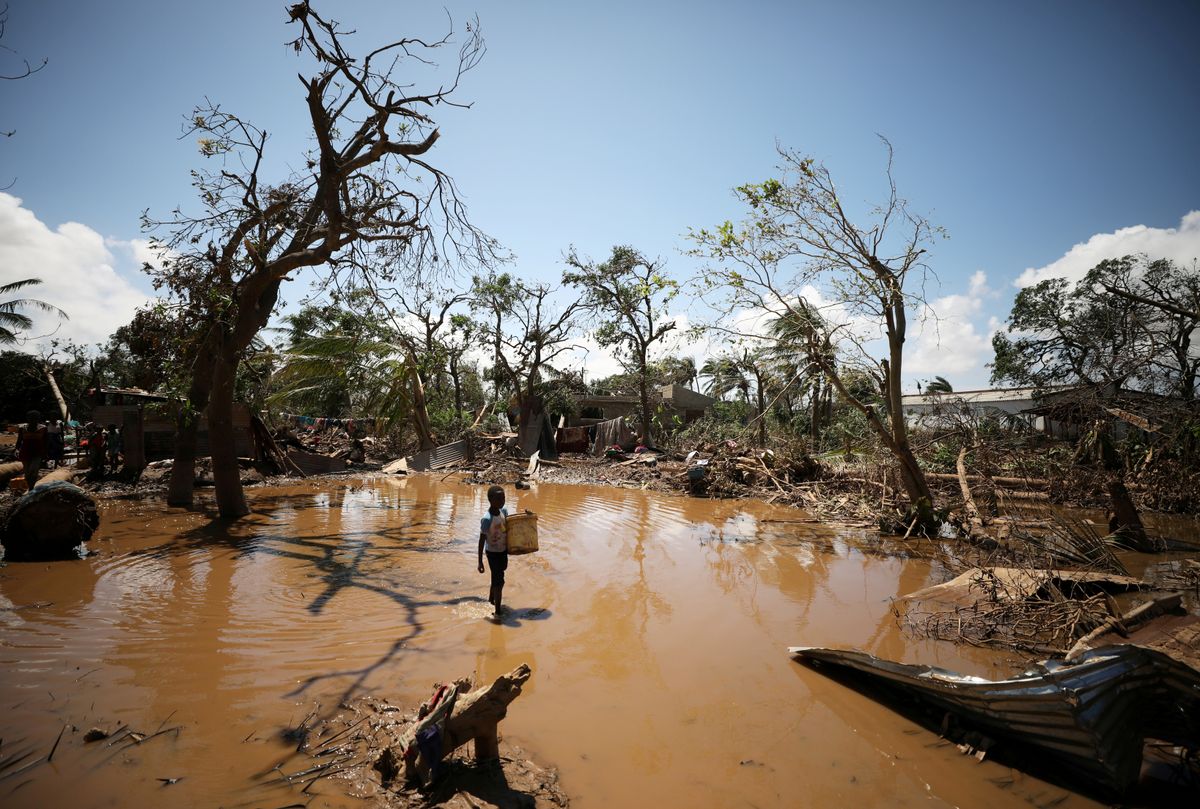How climate changes affect “normal” weather
The number we keep hearing when it comes to climate change is “1.5.”

A few minutes every morning is all you need.
Stay up to date on the world's Headlines and Human Stories. It's fun, it's factual, it's fluff-free.
The number we keep hearing when it comes to climate change is “1.5.” That’s the limit the world is trying to stay under – 1.5 degrees Celsius warmer than pre-industrial times. If we stay below that, scientists say we can more effectively curb the effects of climate change and keep the planet livable. But, according to a new report from the World Meteorological Organization (WMO), global temps are likely to rise by 1.5C within the next five years.
Admittedly, this is not great news. But, just because we’ll hit that threshold, we’re not necessarily crossing into a long-term warming threshold of 1.5C. But, reaching this number (even briefly) is "an indication that as we start having these years with 1.5C happening more and more often, then we are getting closer to having the actual long-term climate be on that threshold," said Leon Hermanson, who works with the Met Office Hadley Center. For reference, the plant has already warmed 1.1C since the industrial revolution.
Most experts believe that climate change is likely triggering more extreme weather events, like the devastating Cyclone Mocha in Myanmar and Bangladesh and the major drought currently affecting Spain. But how is climate change affecting everyday, normal weather conditions?
Back in 2020, scientists conducted a study to see how “normal” weather patterns are shifting. It showed that patterns of global temperature and humidity are definitely deviating from their natural variability patterns. And it also showed that the long-term global average temperature trend can be predicted from just a single day’s weather info worldwide.
“Often these are happening on a background of a changing normal, a changing baseline,” says Barbara Mayes Boustead, a meteorologist at the National Weather Service. “As that shifts, we may see events like these more often in the future, and things that might have once been very, very rare become less rare.”
When we see changes in our everyday weather, extreme weather events may not seem so bizarre. And these smaller changes can still have lasting consequences, like longer, worse allergy seasons, an increase in summertime insect populations and lower crop yields.




Comments ()